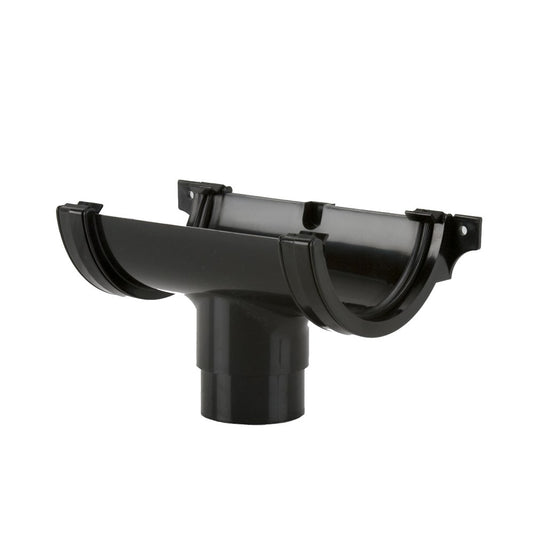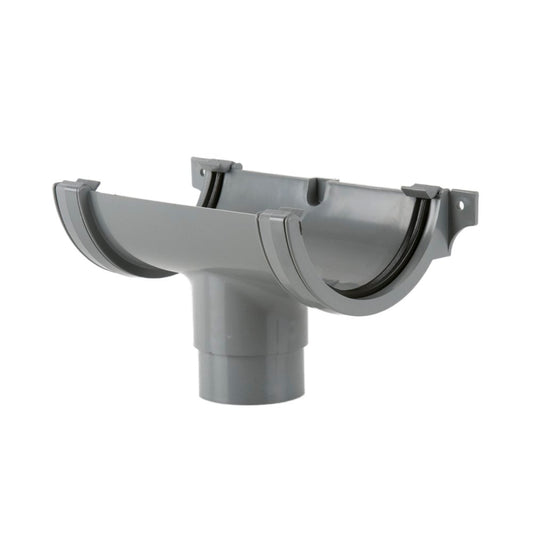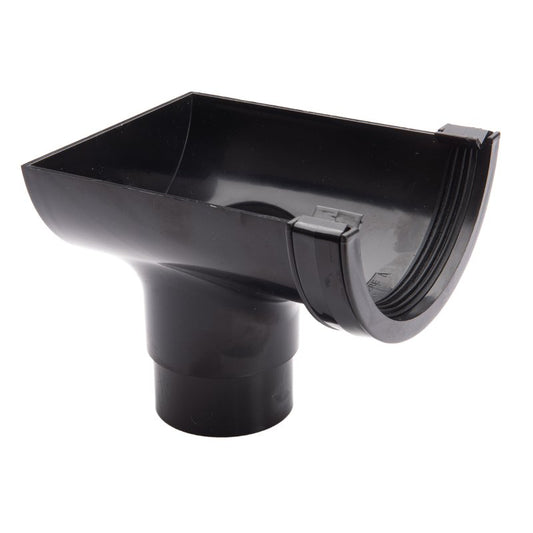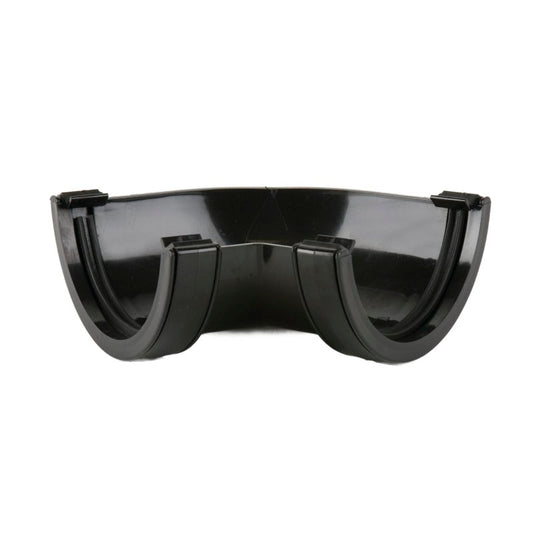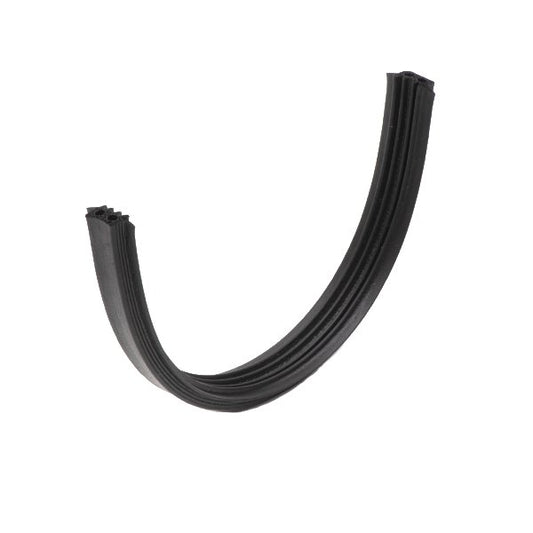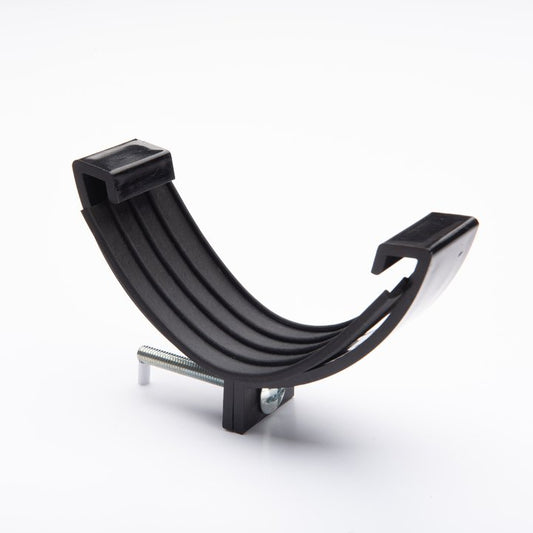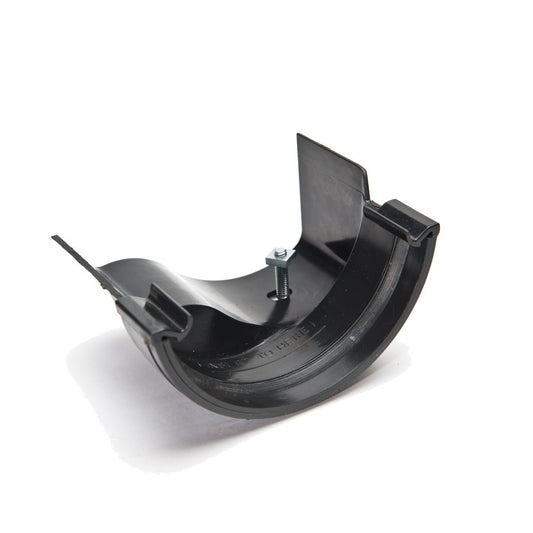Take a look at our helpful guides on guttering installations and the different products you can purchase. You can find links to relevant guides at the bottom of the product pages.
-
Brett Martin Roundstyle 112mm uPVC Gutter Rise & Fall Bracket - 310mm Drive In Spike
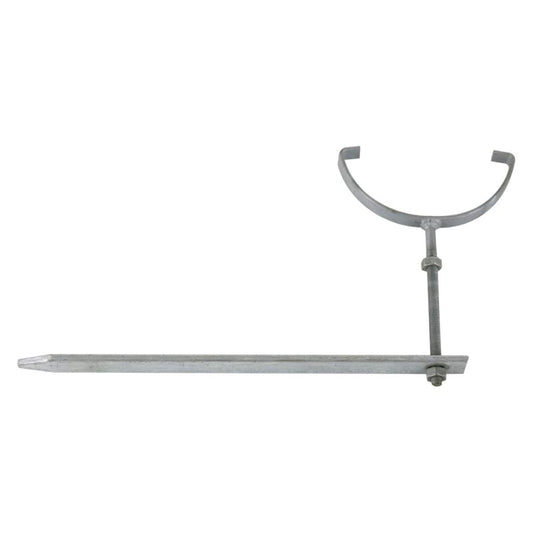 View DetailsBrett Martin Roundstyle 112mm uPVC Gutter Rise & Fall Bracket - 310mm Drive In SpikeEst. delivery 3-5 working days
View DetailsBrett Martin Roundstyle 112mm uPVC Gutter Rise & Fall Bracket - 310mm Drive In SpikeEst. delivery 3-5 working days- Regular price
- £7.55 (£6.29 ex VAT)
- Regular price
-
- Sale price
- £7.55 (£6.29 ex VAT)
- Unit price
- per
Frequently Asked Questions
How much does it cost to replace gutters in the UK?
For a standard semi-detached house in the UK, you can expect to pay between £500 and £1,000 for a complete gutter replacement, or between £24-£40 per metre.
However, this can vary based on the type of material – with higher-end materials, such as aluminium or copper, typically costing more than uPVC guttering supplies, for example.
Other factors that can influence the cost of replacement gutters are the length and complexity of the installation, as well as the condition of the existing fascia boards.
As a general guide, longer lengths and more complicated installations will be more labour-intensive, requiring more time and increasing the overall cost.
For more information about the cost of gutters, get in touch with the team at Cotterill Civils.
Do you need scaffolding to replace guttering?
Scaffolding isn’t required to replace gutting but it may make the job easier and safer. However, if scaffolding isn’t in your budget, the job can be completed with any suitable and stable ladder on single-story homes or lower structures.
For the best advice on replacing your gutters, talk to a professional gutter installer. They can check out your situation and suggest the right way to go about your gutter replacement project.
How should guttering be fitted?
Fitting guttering involves a few key steps. First, the old gutters are removed, and the fascias are checked for any damage. Next, brackets are attached to the fascias to support the new gutters.
The gutters are then measured and cut to the appropriate length, ensuring they slope slightly towards the downpipe for proper drainage. The sections are joined securely, and end caps are added.
The downpipe is fitted, directing water away from the house's foundation. It's important to make sure the gutters are securely attached and have a slight downward slope for efficient water flow. Regular maintenance, such as clearing debris, is also essential for keeping gutters functioning properly.
To find out more about the gutters we supply at Cotterill Civils, get in touch with us on 0121 351 3230.
What’s the difference between round and square guttering?
Round guttering, as the name suggests, has a circular cross-section which resembles a pipe, whereas square guttering has a more angular, box-like shape.
The choice between round and square guttering often comes down to personal preference and the style of your home. Some people prefer the traditional look of round gutters, while others find the modern, clean lines of square gutters more appealing.
Both function similarly, collecting and directing rainwater away from the roof, but their aesthetic differences can influence the overall appearance of your home.
To find out more about gutterings and fittings, contact Cotterill Civils. We will be more than happy to share our expertise and offer any help.





